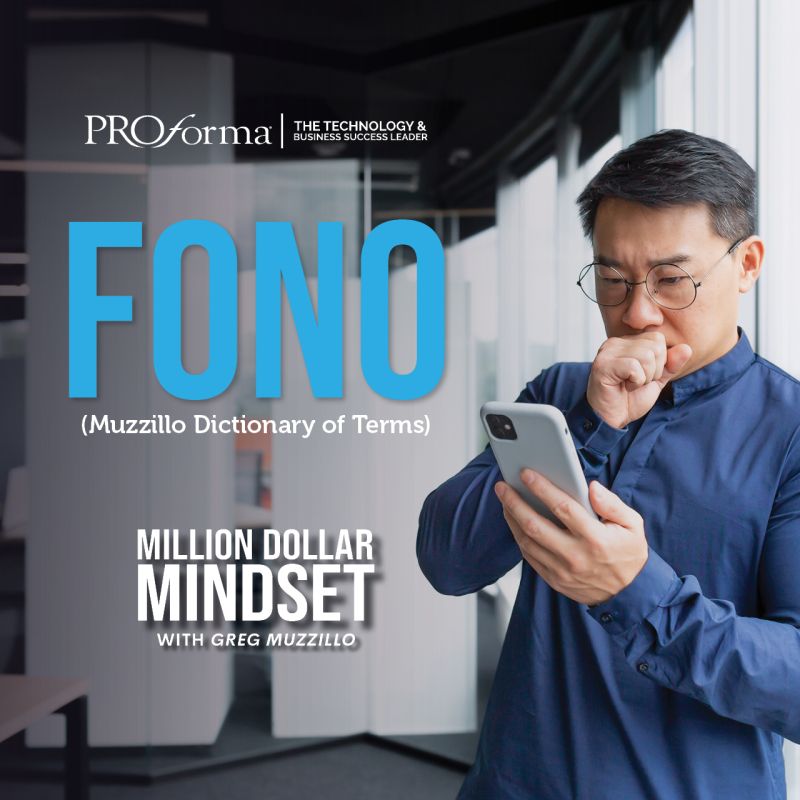The second the Indiana Fever drafted Caitlin Clark first overall in the WNBA draft, basketball fans across the board started looking to buy merchandise. The Fever’s store, which works in conjunction with the Indiana Pacers, started stocking Clark gear immediately. She got her own collection on the site.
T-shirts, jerseys, hats and more were on sale mere hours after the Fever made their decision. Printers and decorators no doubt got a jump on things, sure who the Fever would choose.
There were 35 other picks in the WNBA draft, though. And even in a draft class with other big names like Angel Reese and Cameron Brink, and even with arguably the biggest name in women’s basketball in quite some time in Clark, the WNBA merchandise still was lacking.
It’s not a new tale. The WNBA has been trailing its male counterpart for years in terms of pay, facilities, and other factors. Even in college ball, there was a noticeable disparity between what male NCAA basketball players were getting when they showed up to the NCAA tournament versus the branded gifts the women received.
But the very fact that names like Caitlin Clark are so well-known even to the less-than-casual sports fan shows that people are paying attention to the WNBA and, by extension, other women’s professional leagues in sports like soccer or hockey, and therefore there’s real demand for fan apparel and branded products.
So, where is it?
Over the last three years, the Sports Innovation Lab has been conducting a study to compare the supply and demand for women’s sports merchandise. The study, called “Rep Her: Revealing the Unmet Demand for Women’s Sports Merchandise,” used fan surveys, Klarna purchasing trends, search engine analytics, transaction data, and in-store inventory figures to answer the question: “Is there really not a market for women’s sports merchandise?”
The study found that 60% of women’s sports fans have wanted to buy merchandise but couldn’t because of either a lack of inventory or lack of product that they want. Of that group, 79% said they would buy more branded merchandise if it were available.
Comparing things to the men’s leagues again, the study found that for every one piece of women’s sports merchandise, there were nine for the men. In basketball specifically, there is currently 66 times more NBA hats than WNBA hats available.
The demand isn’t just in the arenas either. The study found that 67% of fans have purchased women’s sports gear without attending a live sports event, meaning they are shopping online or looking for it in other retail locations.
What this means for promotional products distributors and contract decorators working with apparel companies is that there is unmet demand for products. The facts are there: Fans want to buy women’s sports merchandise, but the supply just isn’t there.
For those distributors that have started working in these markets, the results have been positive.
Something Inked, a promotional products distributor that specializes in gameday giveaways across the major sports leagues, has been working with WNBA clients for stadium giveaways. As the league has grown, so does their business.
“I will say that we have seen our WNBA business grow each year for the past several years with teams being more aggressive on giveaways and promo items,” says Bill Feldberg, vice president of business development for Something Inked.
The WNBA has been aggressive in its growth strategy, and isn’t slowing down. Just last year, the co-owners of the NBA’s Golden State Warriors announced that they would create an expansion team based in Oakland, set to start for the 2025 season. There are also multiple groups expressing interest in bringing a team to cities like Philadelphia, Denver and Portland, with reports that a specific ownership group is in negotiations with the league to bring a team to Toronto for the 2026 season.
The trend is not limited to the WNBA, however. Feldberg said that Something Inked has been working with the Women’s Professional Hockey League for promotional items, too.
“Overall, we have seen a great increase in women’s sports growing over the last decade, and in particular over the last several years, with an increase in branded items,” he says.
Howie Turkenkopf, vice president of marketing for Stran, says that while his company doesn’t currently work with the WNBA, they currently source products for the Women’s Tennis Association, as well as both male and female athletes in the WWE.
Turkenkopf says that a lack of companies getting involved with leagues like the WNBA might not be a case of lack of interest, but in issues relating to licensing.
“As is the case with the men’s leagues, there is always the question of licensing and what the process looks like to become an approved licensee,” he says. “There are already well established players in the sports licensing space who would seem to have an advantage in navigating this opportunity. Understanding the process, the competitive landscape and costs involved will determine if and how quickly we look to move into those opportunities.”
A Caitlin Clark-level event, though, could be enough to turn certain heads toward sports leagues and spaces that they might not have paid attention to. Reuters reported in April that Clark set a record for the top seller of merchandise for any player in draft-day history – that includes all sports and all leagues – surpassing Jacksonville Jaguars quarterback Trevor Lawrence.
In soccer, the US Women’s National team outsold all other U.S. soccer jerseys – including the MLS and men’s national team – in 2019, with the success of the women’s team contributing to long-term popularity among consumers.
So while there might be barriers to entry like licensing issues, distributors determined to enter a space with guaranteed demand and growth opportunity should consider the women’s sports world if they haven’t already.



